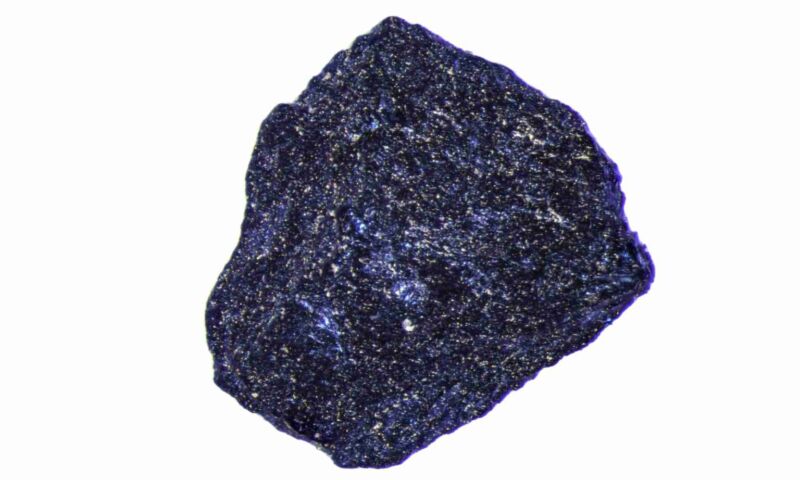Room-temperature superconductor works at lower pressures

Enlarge / An approximately 1 mm diameter sample of lutetium hydride is pictured though a microscope in the lab of University of Rochester assistant professor of Mechanical Engineering and Physics and Astronomy Ranga Dias. Dias uses the material in a high-pressure diamond anvil cell (DAC) in hopes of creating novel quantum materials such as superconductors with a critical temperature at or near room temperature. (credit: University of Rochester)
On Wednesday, a paper was released by Nature that describes a mixture of elements that can superconduct at room temperature. The work follows a general trend of finding new ways of stuffing hydrogen into a mixture of other atoms by using extreme pressure. This trend produced a variety of high-temperature superconductors in previous research, though characterizing them was difficult because of the pressures involved. This new chemical, however, superconducts at much lower pressures than previous versions, which should make it easier for others to replicate the work.
The lab that produced the chemical, however, had one of its earlier papers on high-temperature superconductivity retracted due to a lack of details regarding one of its key measurements. So, it's a fair bet that many other researchers will try to replicate it.
Low(ish)-pressure environmentThe form of superconductivity involved here requires that electrons partner up with each other, forming what are called Cooper pairs. One of the things that encourages Cooper pair formation is a high-frequency vibration (called a phonon) among the atomic nuclei that these electrons are associated with. That's easier to arrange with light nuclei, and hydrogen is the lightest around. So finding ways to stuff more hydrogen into a chemical is thought to be a viable route toward producing higher-temperature superconductors.